
Strategy
Latest News


John Arena, interim president of global pharma services at Cencora, discusses how new technologies are shortening timelines.

Biopharmas and global agencies are now prioritizing initiatives and innovations to drive speed across product development with an emphasis on getting new treatments in the hands of doctors and patients.

Traditional approaches to HCP segmentation are no longer sufficient. The challenge now is to maintain personalization at scale while managing large territories and diverse customer bases.

In this Q&A, Organon's Chief Communications Officer, Becky Edwards discusses how much social media and influencers sway decisions about birth control methods, potential consequences of these misinformed choices, and more.
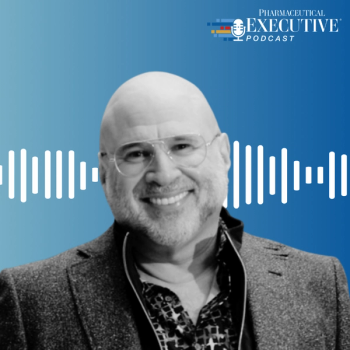
Ian Baer, Founder and CEO of Sooth, discusses how the growing distrust in social media will impact industry marketing strategies and the relationships between pharmaceutical companies and the patients they aim to serve. He also explains dark social, how to combat misinformation, closing the trust gap, and more.

A look at the M&A and stock market pictures for full-year 2024—and the potential strategic implications for pharma and biotech ahead.

HEOR requires executive leaders who have both scientific and managerial acumen.
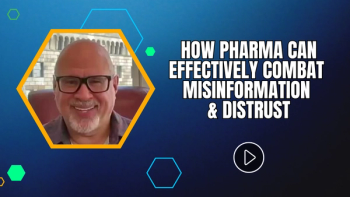
In this part of his Pharmaceutical Executive video interview, Ian Baer, Founder & CEO of Sooth, identifies strategies pharmaceutical companies can use to combat misinformation on social media.
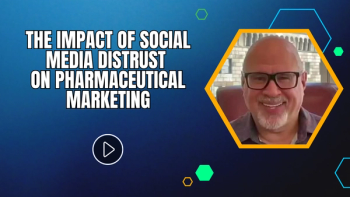
In this Pharmaceutical Executive video interview, Ian Baer, Founder & CEO of Sooth, speaks about how distrust and uncertainty surrounding social media is impacting the pharmaceutical industry.

CEO Richard Francis reflects on Teva’s return to growth during his tenure, and what’s next for the drugmaker in its quest to recapture the heights of old.
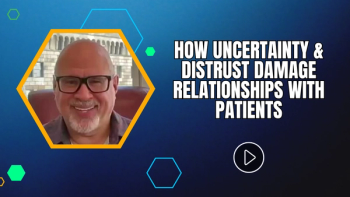
In this Pharmaceutical Executive video interview, Ian Baer, Founder & CEO of Sooth, identifies how uncertainty of where to find information, coupled with distrust, can damage the relationship between pharmaceutical companies and the patients they aim to serve.
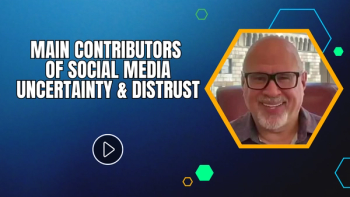
In this part of his Pharmaceutical Executive video interview, Ian Baer, Founder & CEO of Sooth, explores the contributing factors growing distrust and uncertainty surrounding social media.

New technology is creating new opportunities but is also causing new complications.

In early phase trials innovative designs offer potential for improvements in efficiency and decision-making.

Veeva’s vice president of commercial strategy discusses how pharma companies streamlining their processes with a single goal in mind can improve their relationships with customers.

While challenges remain, AI is accelerating the process by enabling researchers to identify and design new drug candidates more quickly and efficiently with applications in target discovery, structure prediction, and drug optimization.
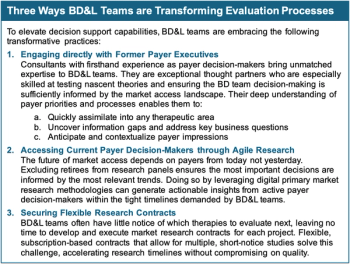
In the race to bolster pipelines and drive growth, biopharma manufacturers are reexamining traditional practices and reimagining market research protocols.

With increasing cases of disinformation across social media blurring the lines of what’s credible and real, how can pharma break through the noise and build back public trust?

PharmaLex’s chief strategy officer discusses strategies to improve monetization for these drugs.

The biosimilars market in the US is on the rise, but barriers to greater adoption remain.

Unleashed demand over the past year characterizes the M&A picture in pharma.

Why investing in people and training can help drugmakers deal with six pressing challenges in particular in the year ahead.

The importance of expanding your pharma sales forecasting horizon beyond the US. Learn how to effectively navigate country-specific regulatory red flags.

A look at the promise and opportunities from this new and advanced type of AI in transforming commercial planning and execution for life sciences companies.






